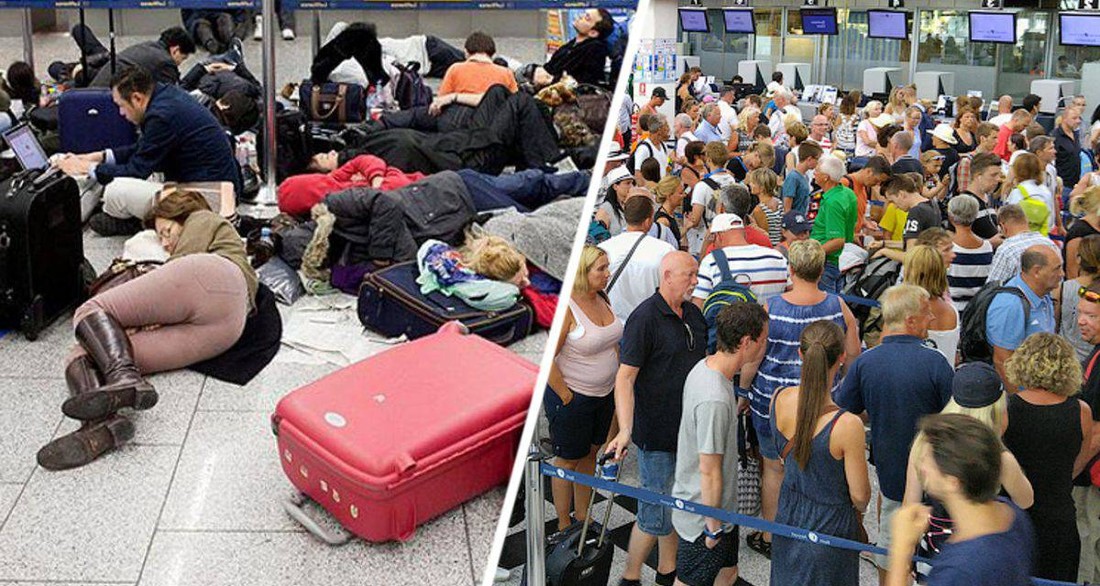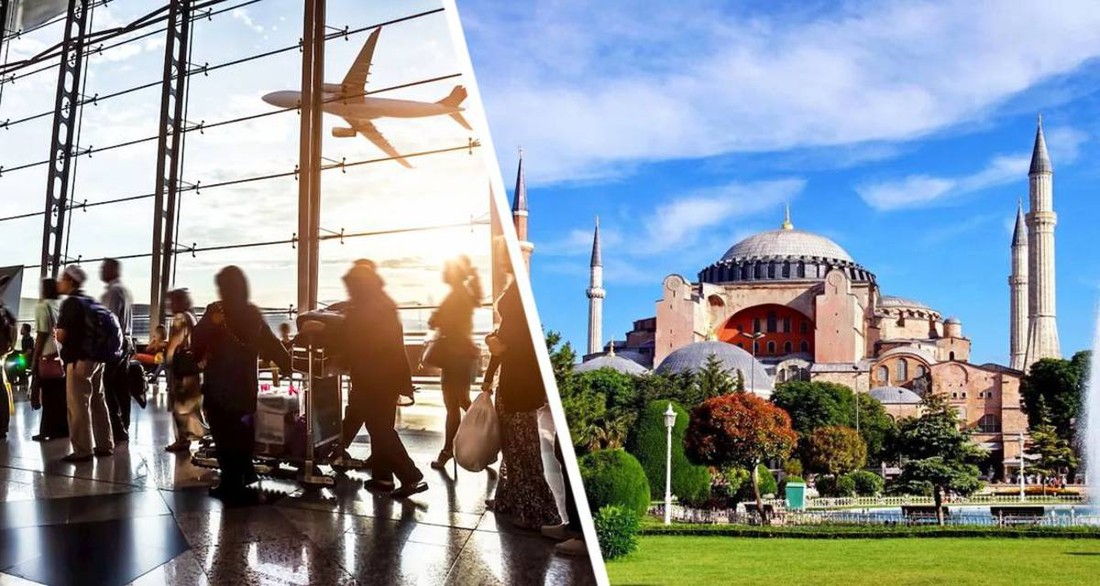Euroinvest: Russian Mortgages Set to Break Records
Subsidized programs launched last year have significantly boosted the housing loan segment.
Russia’s housing market is showing signs of recovery following last year’s downturn. The resurgence is largely fueled by the mortgage sector. Experts anticipate that by the end of the first half of 2023, mortgage loan volumes will surpass the record set in the first half of 2021. Concurrently, the government is mulling over initiatives that could further invigorate the market.
Despite the Ban, Mortgages Flourish in Russia
VTB, one of Russia’s leading banks, has forecasted that approximately 2.76 trillion rubles in mortgage loans will be issued in the first half of this year. This figure, representing a rise of about 1.5 times from the previous year, might not appear extraordinary given the lackluster performance in the first half of 2022. However, if VTB’s predictions come to fruition, it would mark a new record in mortgage issuances, eclipsing the 2021 peak by around 2%.
Bank representatives interpret this as not only a resurgence of the mortgage market but also its evolution into a new developmental stage. The cumulative mortgage portfolio of banks in Russia swelled to 15.78 trillion rubles during the first quarter, an impressive 4% growth that surpassed many predictions from just a few months ago.
This optimistic outlook contrasts with earlier reservations, which arose from overarching economic challenges and specific decisions made by the Central Bank of Russia. Among these was the effective restriction on developer-backed mortgage schemes that offered temptingly low interest rates, sometimes as minimal as 0.1% per annum. These mortgages became a significant draw last year, largely buoying the construction sector in the latter half of 2022.
However, the Central Bank grew concerned about the risks these mortgages presented, including the threat of a mortgage bubble and a spike in defaulters. This led to stringent regulations that curtailed this type of mortgage. Today, while these subsidized mortgages still exist, their rates usually hover around the market average.
Nonetheless, the market’s resurgence is attributed to other drivers. Expanded subsidized mortgage programs have been particularly influential. For instance, families with at least two children under 18 became eligible for mortgages at reduced rates. Additionally, more IT professionals can now access specialized mortgage programs. The subsidized mortgages for new builds also continued, albeit with a slight rate increase from 7% to 8% per annum.
Now, the government is mulling over another proposal to invigorate the market: extending subsidized mortgages to the secondary housing market. Experts believe this move is imminent. Beyond its primary stimulative impact, it can also address the pricing disparity between new constructions and existing properties. Additionally, this would simplify housing transactions, such as the trade-in deals where developers offer larger units in return for older properties and supplementary payments.
This initiative could rejuvenate the multi-room apartment market, which has recently lagged behind single-bedroom apartments and studios. In the interest of societal well-being and demographics, offering residents the opportunity to live in more expansive accommodations is crucial. Subsidized mortgages for pre-owned properties might pave the way towards this objective.
From Lyon’s Legacy to St. Petersburg’s Progress

While there’s a growing consensus about the need to ramp up sales in the housing market, both governmental and industry experts are shifting their focus to quality. An increasingly shared perspective within the professional community holds that the market should not merely expand, but must also offer innovative, contemporary products that prioritize environmental sustainability, safety, and comfort.
The Russian housing sector is poised to emulate the strides taken by major cities in Europe and other developed nations. This transformation is already underway. Five years ago, renowned Russian blogger Ilya Varlamov shed light on the innovative urban planning and residential development strategies adopted in Lyon, France.
The city had successfully transformed a neglected area situated at the confluence of two rivers into a desirable living and working space, largely due to thoughtful zoning and striking architectural designs. While such developments seemed far-fetched in Russia at the time, a few forward-thinking developers were already exploring similar initiatives. Now, equipped with refined expertise, they’re sculpting urban spaces that rival those in Lyon.
One such trailblazing entity is the investment company, Euroinvest. Over the years, Euroinvest has contributed significantly to the residential landscape of the St. Petersburg agglomeration, encompassing both St. Petersburg – Russia’s northern capital – and the neighboring Leningrad region. Two decades ago, Euroinvest began integrating superior European practices, initiating this transition with the floor plans. They were among the pioneering developers to introduce Euro-standard apartments, characterized by expansive living rooms and kitchens.
Recently, Euroinvest’s approach has evolved towards block development, crafting comprehensive living ecosystems within its Residential Complexes. The firm actively incorporates schools, kindergartens, commercial outlets, with a particular emphasis on fostering green spaces and diverse public areas ranging from recreational to educational.
Automated “smart” home systems have been integrated into these properties. “All relevant data is relayed directly to the management company. Residents have the autonomy to oversee housing maintenance expenses, and efficiently manage water and electricity consumption.
Additionally, to enhance convenience, Wi-Fi has been made accessible throughout the residential quarters. Every Euroinvest Development quarter houses iD-clubs, which are versatile venues for business gatherings, casual interactions, lectures, workshops, training sessions, and more. These spaces are tailored based on the residents’ needs, fostering networking, facilitating community-building, promoting recreational activities, aiding professional growth, and supporting quality education,” elaborates Andrey Berezin, Chairman of the Board.
Euroinvest’s strategic approach has proven highly lucrative. It’s no coincidence that the company clinched the third spot in last year’s ranking of top developers in the Leningrad region. Further testament to their success, the Regional Union of Builders acclaimed Euroinvest as the region’s most customer-centric developer.
| Leading regions in the number of concluded mortgage transactions in March 2023, according to the service Domklik | ||
| Region | Number of deals | Increase by February 2023 |
| Moscow | 6512 | +37% |
| Moscow region | 6450 | +35% |
| Tyumen region | 4888 | +37% |
| St. Petersburg | 4818 | +49% |
| Krasnodar Territory | 4769 | +36% |
| Republic of Bashkortostan | 4428 | +33% |
| Sverdlovsk region | 4411 | +35% |
| Republic of Tatarstan | 3122 | +35% |
| Chelyabinsk region | 2843 | +39% |
| Rostov region | 2695 | +36% |



